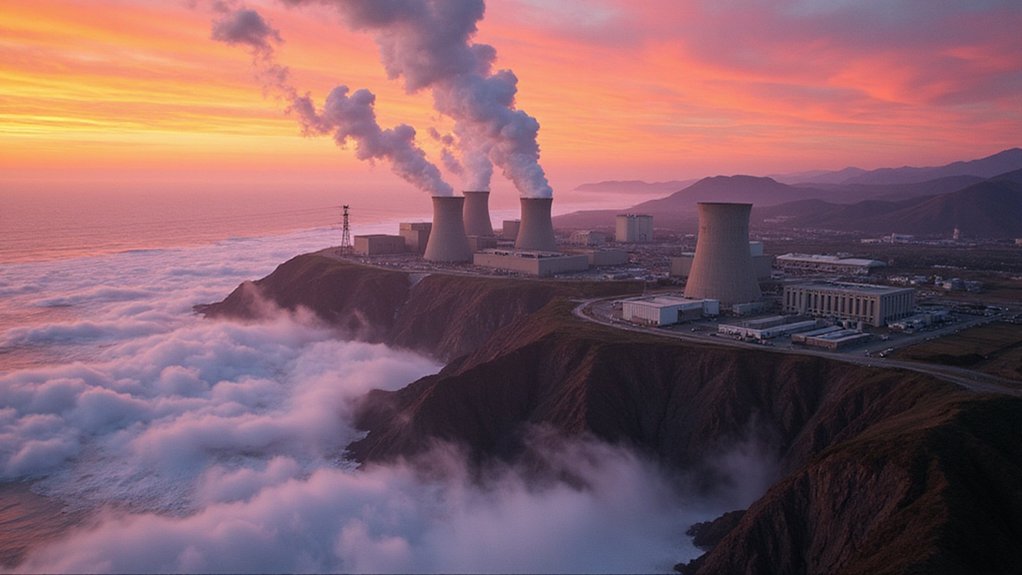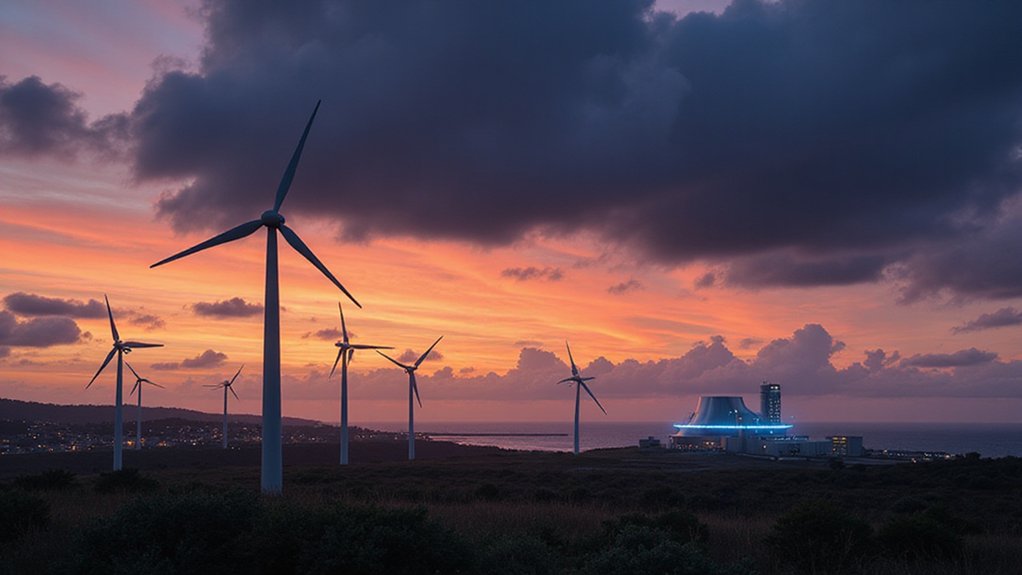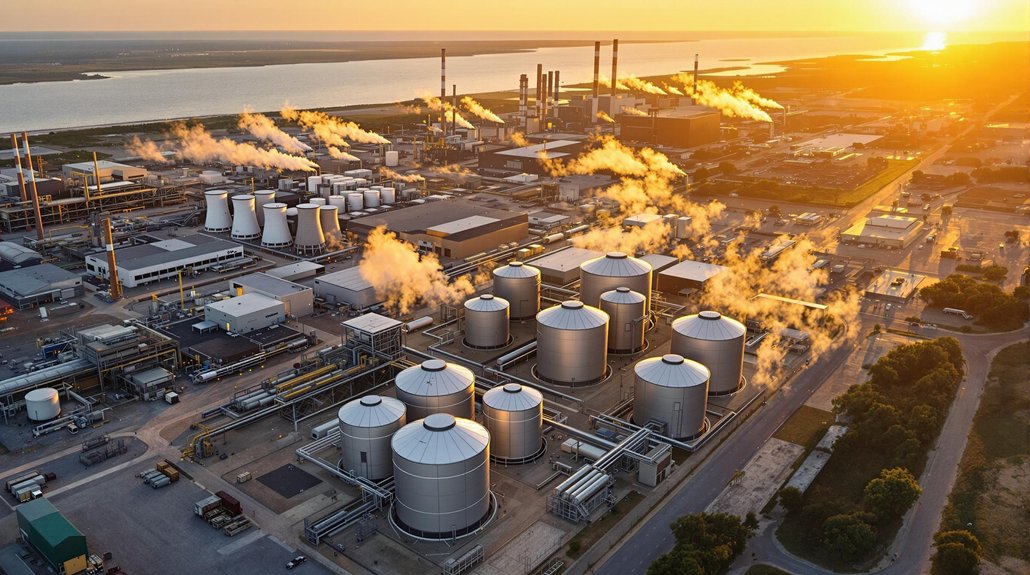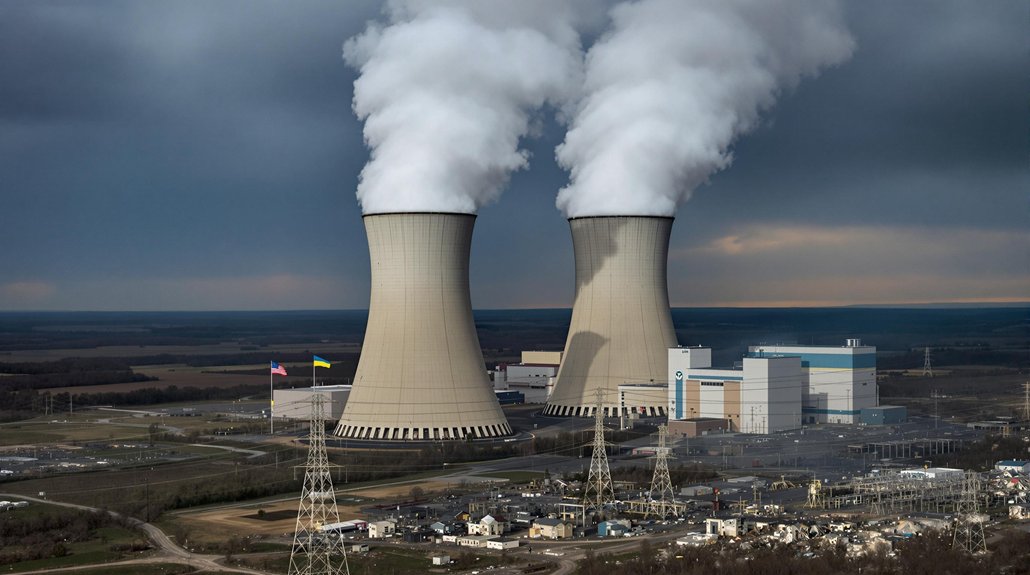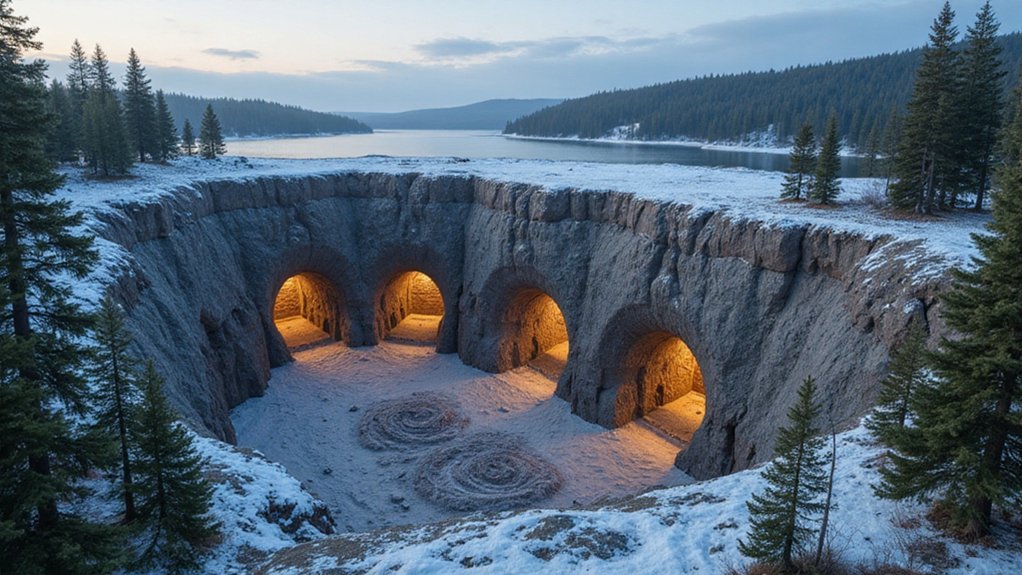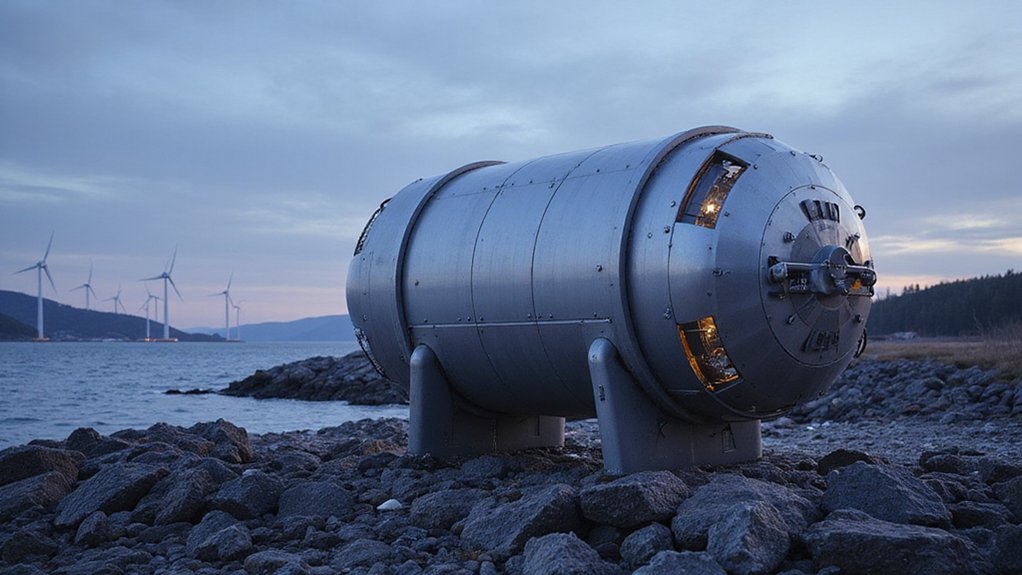Nuclear Reactors: LA’s Hidden Power Source—Blessing or Ticking Time Bomb?
Just miles from the bustling streets of Los Angeles, nuclear energy quietly powers thousands of homes—though most residents have no clue. California’s relationship with nuclear energy is complicated, to say the least.
Diablo Canyon—the state’s last functioning nuclear plant—cranks out 6% of California’s electricity and a whopping 11% of its non-fossil energy. Not exactly chump change.
California’s lone nuke plant delivers serious power—way too much to just pull the plug on a climate-anxious energy grid.
The plant was supposed to shut down in 2024. Plans changed. Governor Newsom and state regulators decided to keep it humming until 2030. Why? Summer blackouts are politically toxic, and the clean energy shift isn’t happening fast enough. Sorry, not sorry.
Meanwhile, California lawmakers are debating whether to ditch the state’s longstanding nuclear moratorium. The current policy is simple: no new nuclear plants until someone figures out what to do with all that radioactive waste.
A new bill would create a loophole for small modular reactors—compact versions of their massive predecessors. These SMRs generate under 300 megawatts compared to Diablo Canyon‘s massive 2.2 gigawatts. They’re being hyped as climate saviors and perfect for powering those energy-guzzling data centers everyone’s building.
But here’s the kicker—they might actually make even less economic sense than traditional reactors. Ouch.
Economics matter. Diablo Canyon operates at nearly double the cost of other low-carbon options. Wind and solar keep getting cheaper. Nuclear? Not so much.
Then there’s safety. Federal agencies estimate a 1 in 25,000 chance of a Chernobyl-style meltdown at Diablo before decommissioning. Not exactly comforting odds if you live in San Luis Obispo, just 12 miles away.
Nuclear power might be making a comeback in California despite these challenges. The technology remains impressive—massive school bus-sized generators spinning copper coils 30 times per second from the energy of splitting atoms. Fascinating, terrifying, and possibly necessary.
Tech giants like Microsoft, Amazon and Google are accelerating this potential comeback, with many partnering with energy firms to develop SMRs for their growing AI operations.
The CPUC emphasized the extension’s importance for energy transition stability while California continues developing renewable alternatives to meet its carbon-free goals.
Energy Secretary Granholm has emphasized that an immediate energy switch to renewables alone isn’t feasible, suggesting nuclear power may remain part of America’s energy portfolio.
The next legislative session will tell us whether California is ready to go nuclear again.
References
- https://calmatters.org/economy/technology/2025/01/artificial-intelligence-is-bringing-nuclear-power-back-from-the-dead-maybe-even-in-california/
- https://www.nucnet.org/news/regulators-vote-to-extend-california-nuclear-station-operation-until-2030-12-1-2023
- https://www.latimes.com/environment/story/2024-08-25/should-californias-last-nuclear-plant-stay-open
- https://web.sas.upenn.edu/pcssm/news/small-nuclear-reactors-are-no-fix-for-californias-energy-needs/
- https://fortune.com/2023/12/15/california-diablo-canyon-nuclear-power-plan-extend-operations-2030/
